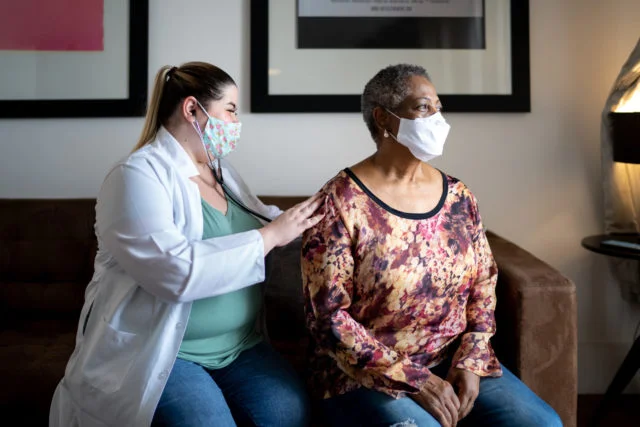Tag: women

Working women have clearly made progress since the 1970s, led by the boomers who streamed into the labor force. They are better educated today, and their pay has been rising relative to men’s. But women continue to contend with lower pay and interruptions in their work histories and premature retirements to care for children or…

It’s happening all over the developed world. Birth rates are falling in China, South Korea, Japan, Mexico, Spain, Portugal, Germany, and Greece. Things have played out more slowly in the United States, but we seem to continue moving in the same direction. The U.S. fertility rate has been in decline since just before the Great…











